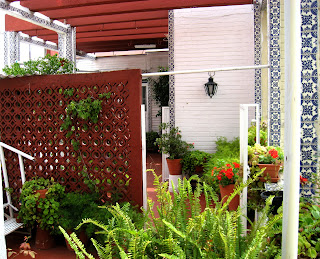Photograph by : M. Veto

Swiss artist Severine Schlaepler assists riders with their improvised paint contraptions under the blue glow of Zapopan’s basilica. The urban art demonstration drew attention to the government’s lack of interest in bicycles as an alternative form of transportation.
Story by : MEREDITH VETO
The plan was like something out of a children’s fairytale: a caravan of kids on bicycles swarm through the city at midnight, leaving swirling trails of blue, yellow and orange paint in their wake.
The urban art exposition was the brainchild of Severine Schlaepler, a Swiss artist who has lived in Guadalajara for seven months and noted the city’s lack of support for bicycles as an alternative form of transportation. If the city will not install bike lanes, the project proposes citizens do it themselves.
Organizers instructed participants to bring their bikes and a few empty soda bottles to the Museo del Arte de Zapopan at 7 p.m. on Monday, October 22. The bottles would be filled with washable paint, secured with wire and inverted over the bikes’ front tires; paint would then drip over the tires and print the streets as the bikes were in motion.
“After riding along the same route,” read a letter from organizers, “a multi-colored bike lane will snake through the city, showing the existence of an oppressed form of transportation in the city.” The cyclists would ride from the museum to the Agua Azul park.
By late evening, an estimated 50 to 60 cyclists appeared in front of the art museum, improvising their paint contraptions under the blue glow of Zapopan’s basilica.
“I think that more space is needed for bicycles,” said participant Rodrigo Zuloaga, flanked by a red and white bike. “I ride my bike a lot, as I don’t have a car. Vehicles in the city have no respect for cyclists or pedestrians.”
Schlaepler weaved through the congregation wielding a wire cutter, crouching to assist riders or pausing to answer onlookers’ inquiries.
“Guadalajara is blind to cyclists,” said the artist. She sees some movement towards recognition, such as the street-closing program every Sunday for bikes and pedestrians, but does not understand why streets must close to be accessible to bikes.
Mario Delgado, a participant who designs contemporary urban furniture (including bike stands), criticized city officials for not initiating urban planning in favor of bikes.
It was just after 9 p.m., and a cool breeze was giving way to a chilly sprinkling of rain, when a jolt was felt among the group of riders. Most stood poised over their handlebars when whistles and cries of “Vamos” erupted. Like a flock of birds setting off from their perch, the caravan took flight toward the fountain on Av. Americas and waited for command.
The cyclists took off, crossing over the avenue in a giant pack just as a cold downpour fell, washing away the make-believe lanes.
The convoy never made it to the Agua Azul. One hour later, at the intersection of 16 de Septiembre and Libertad, Guadalajara police detained Schlaepler and 19 cyclists for what they called “taking part in acts of vandalism.”
Police Chief Macedonio Tamez told reporters that the cyclists had no permit and several motorists had complained about the convoy.
After lengthy interrogations, police released the detainees at around 4 a.m. without charge. Schlaepler took the incident in good humor and called it “a big joke.”






